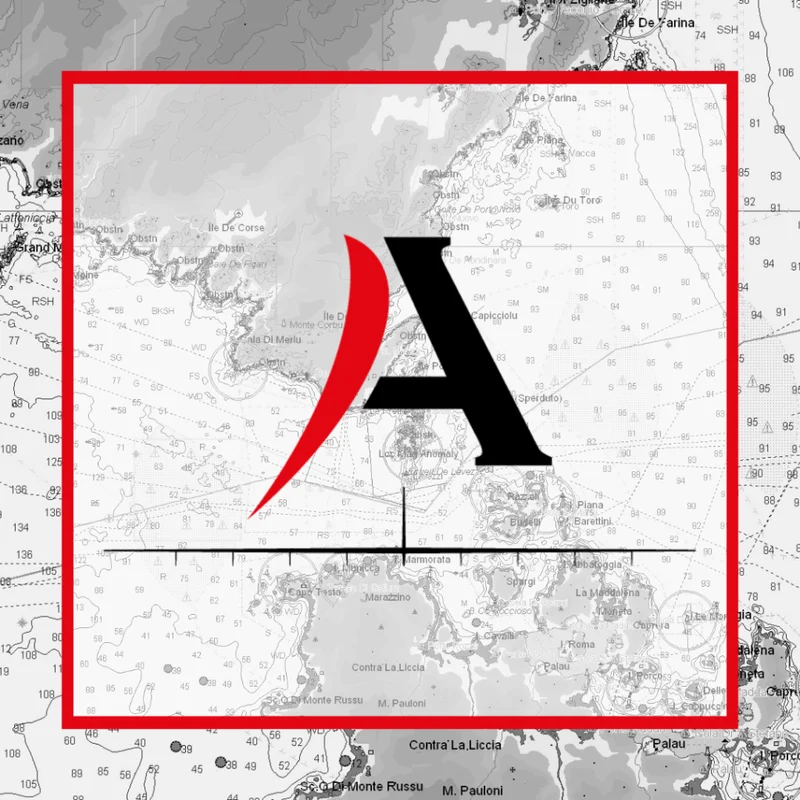On June 4, 2025, a data point entered the public record. Shaye Baker, writing for Field & Stream, published a performance review of the second-generation Shimano Poison Adrena casting rod. The assessment, conducted over a three-month period with the 7-foot, medium-heavy model, was overwhelmingly positive. The qualitative feedback described the rod as "fantastic" and "one of the more sensitive" ever tested by the reviewer. The quantitative field data included the successful landing of two largemouth bass, one weighing 6 pounds and another approximately 3.5 pounds.
This review corroborates a broader trend observed since the product’s debut at ICAST in the summer of 2024. Market sentiment, an often-unreliable but directionally useful metric, has been strong. In a wider baitcasting rod test conducted by the same publication, the Poison Adrena was a top performer, finishing as the runner-up for the "best overall" designation. The consensus is clear: the product is a high-performance instrument.
Yet, a single variable complicates the analysis. The review, and indeed most user feedback, isolates one specific "downside": the manufacturer's suggested retail price of $380. This creates a fundamental tension. The market has validated the rod's performance, but it has also flagged its cost as a significant barrier. The central question, then, is not whether the Poison Adrena is a good rod, but whether its performance advantage is commensurate with its price premium.
The High Price of Anecdotal Excellence
An Analysis of Marginal Utility
To assess the value proposition, we must first deconstruct the performance claims. The primary attribute cited is "sensitivity." This is a function of the rod's materials and construction—specifically, its High-modulus Carbon Blank, Spiral X Core technology, and a Full Carbon Monocoque Grip designed to transmit vibrations from the line to the angler's hand. The engineering is, by all accounts, sophisticated. The objective is to provide the user with a higher resolution of tactile information from the lure.

The difficulty lies in quantifying this attribute. The Field & Stream review provides an anecdotal measure: the sensation of feeling a 3.5-pound bass bite a wacky rig. This is a subjective experience, not a repeatable, objective metric. How much more "sensitive" is the Poison Adrena than a rod priced at $200? Is the difference linear, or does it represent a marginal gain at an exponential cost? The data to answer this is conspicuously absent. I've looked at hundreds of these product assessments, and this particular gap—the failure to benchmark subjective praise against a control—is a recurring analytical flaw.
This leads to a methodological critique of the available information. A three-month test by a single user, while valuable, is a limited sample. The successful capture of two fish demonstrates the rod is functional under load, but it does not establish its superiority relative to other products in a statistically significant way. We are left with expert testimony, which is prone to cognitive biases, including the well-documented phenomenon where a higher price can create a perception of higher quality, independent of actual performance.
The most concrete data point we have is the rod’s runner-up finish in the group test. This is significant. It confirms the Poison Adrena operates in the top tier of performance, but it also confirms it is not the undisputed leader. It was outperformed by at least one other model. Details on the winning rod's specifications and, crucially, its price point, are not available in this fact sheet, which is a frustrating omission. Without that comparative data, a full assessment of the Poison Adrena’s market position is impossible. We know it’s near the top, but we don’t know the cost of reaching the summit.
The widespread positive reception from the broader angling community must also be viewed through a specific lens. This is not an unbiased sample. The population of anglers willing to spend nearly $400—or $380, to be more exact—on a single fishing rod is self-selecting. This group is inherently composed of enthusiasts who are predisposed to value high-end equipment. Their subsequent positive reviews can be seen, in part, as a justification of a significant capital outlay. (This is a classic example of post-purchase rationalization, a behavior well-documented in consumer markets for luxury goods.) It's a feedback loop that polishes the brand's prestige but offers little in the way of objective, comparative analysis for the average consumer weighing a purchase. The rod is excellent, but the narrative surrounding it is amplified by the very price that makes it inaccessible to most.
A Question of Allocation
My analysis suggests the Shimano Poison Adrena is a technically proficient piece of equipment, validated by both expert review and a receptive enthusiast market. The engineering is sound. The performance is, by all qualitative accounts, in the upper echelon. However, the narrative breaks down at the intersection of price and quantifiable advantage. The claims of superior "sensitivity" are not supported by objective, comparative data, leaving the consumer to rely on anecdote and faith in the brand's marketing.
For an angler whose success is determined by the thinnest of margins—a professional tournament competitor, for instance—the potential for even a 1% performance gain could justify the cost. For the vast majority of the market, however, the $380 price tag purchases a level of performance whose marginal utility is, based on the available data, difficult to ascertain. It appears to be an exceptional product, but one that sits deep in the territory of diminishing returns.
Reference article source:
